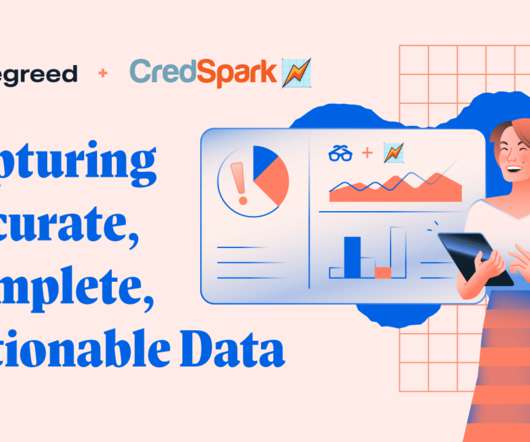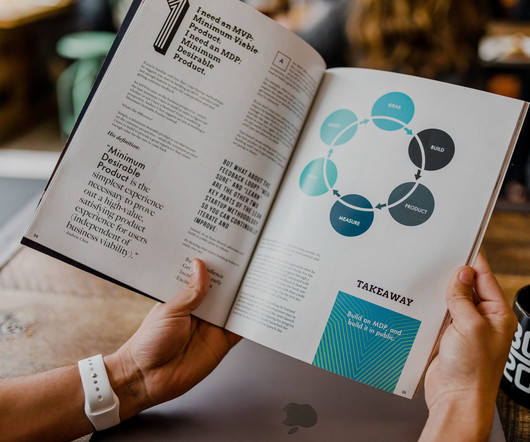Fostering trust, psychological safety and growth: How to leverage learning science to create a strong workplace learning culture
CLO Magazine
SEPTEMBER 26, 2023
Learning, as described by Amy Edmonson , is an “ongoing process of reflection and action, characterized by asking questions, seeking feedback, experimenting, reflecting on results and discussing errors or unexpected outcomes of actions.” Encourage questions and normalize mistakes as part of the learning process.



































Let's personalize your content